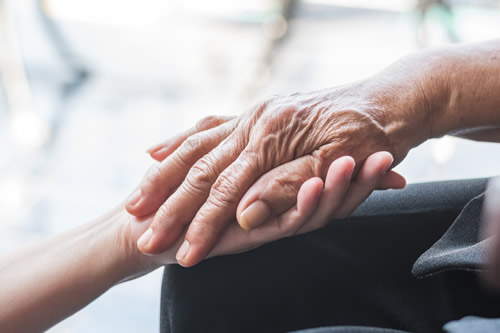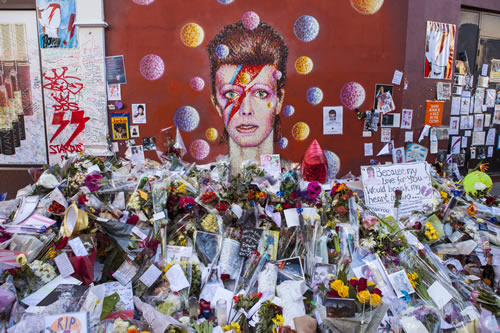Investigating the widening gap in life expectancy between richest and poorest
Research from Cass Business School and the International Longevity Centre-UK (ILC-UK) has found growing inequalities in adult life expectancy.
People in the UK are living longer than ever but the gap in lifespan between those living the longest and those the shortest appears to be growing, research from Cass Business School and the International Longevity Centre-UK (ILC-UK) has found.
Worryingly, the life expectancy between the lowest and highest socio-economic groups is diverging for the first time since the 1870s. The research paper argues that unhealthy lifestyles are largely to blame. Previous improvements in health and longevity could be attributed to public health programmes that benefited everyone, such as the provision of clean drinking water and mass vaccination schemes. Now, most deaths can be attributed to age related chronic diseases which individual lifestyle choices can engender or exacerbate, and it is men in lower socio-economic groups who are more likely to adopt such lifestyles inimical to good health.
In 2003 the presiding UK Government set a target that by 2010 life expectancies in the best and worst areas of the country would not differ by more than 10 per cent. To achieve this, extra health care resources were directed to areas of deprivation. However, not only was the target missed but the opposite to the intended aim occurred. The research concludes therefore that redistributing healthcare expenditure is less important than changing lifestyle habits, and to this aim more powerful policy tools aimed at influencing behavioural change are needed.
Commenting on the research, report author Professor Mayhew said:
"We looked at data from the 1870s onwards comparing England and Wales with France and Italy. It was clear that the first half of the 20th Century was characterised by a narrowing of the gap in lifespan as everyone benefited from improvements in clean drinking water, better housing, higher incomes and better health. Despite general rises in life expectancy after 1950, the life expectancy gap between men and women widened whilst inequalities in lifespan persisted rather than narrowing further.
"We found that since the 1990s lifespan inequalities in men have actually worsened in England and Wales. This is partly due to some men now living to exceptionally old ages and in many cases equalling women but at the other end of the distribution there has been a lack of progress. The research blames the widening disparity on poor life style choices rather than ambient risks which were prevalent in the first half of the 20th Century. Key amongst these life style choices are smoking, drinking and poor diet - choices that are more likely to be made by the poorest in society".
Baroness Sally Greengross, ILC-UK Chief Executive added:
"This very timely report highlights how, despite huge increases in life expectancy, the gap between rich and poor is increasing for the first time since the 1870s. This trend is particularly worrying for society and policymakers must do more to begin to narrow this gap again. Preventing inequalities in ill health and disability must be a priority for policy action".
The research was based on data from the Human Mortality Database.
The full report, An investigation into inequalities in adult lifespan, is available for download at the link below.




